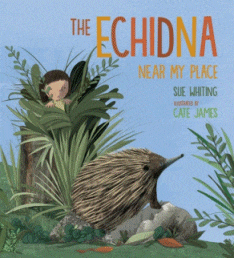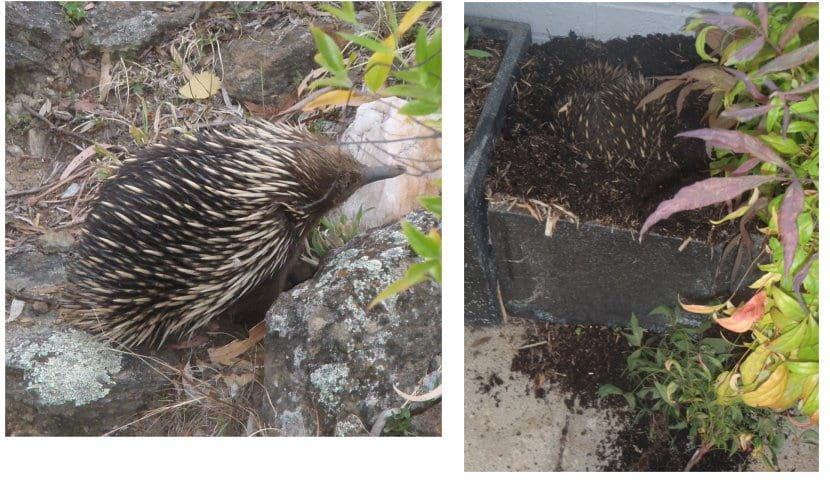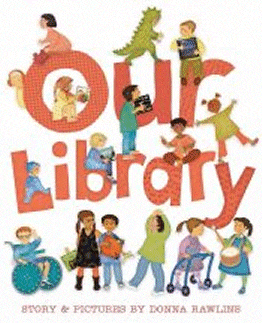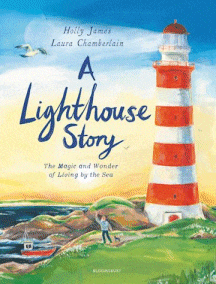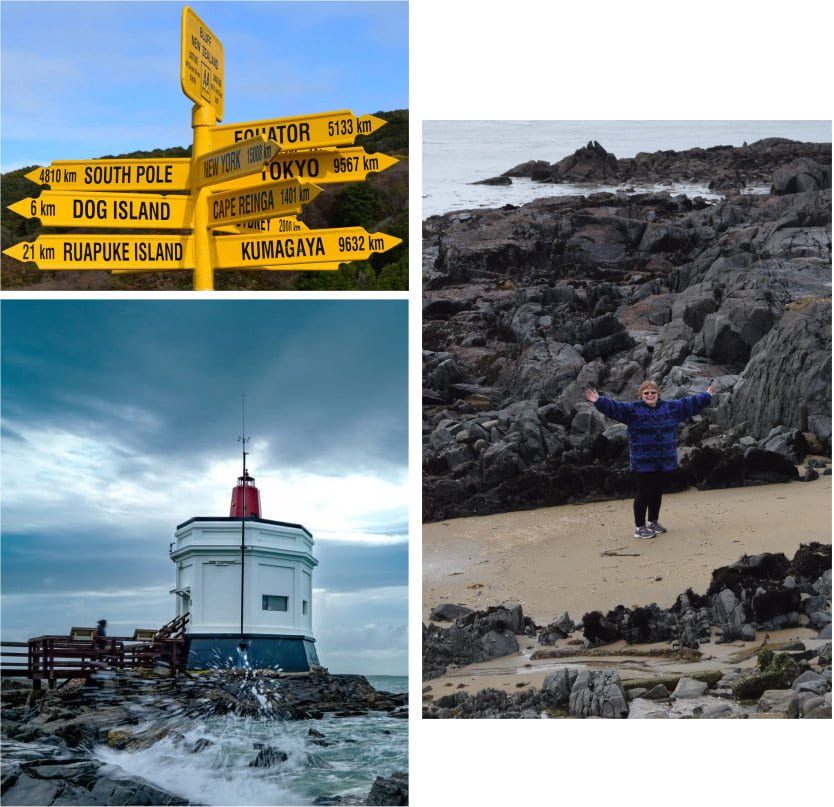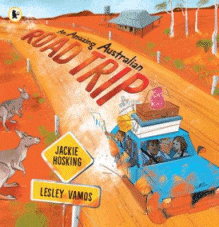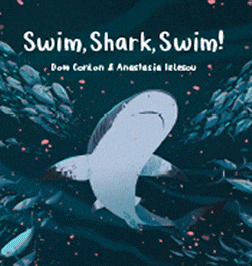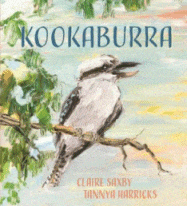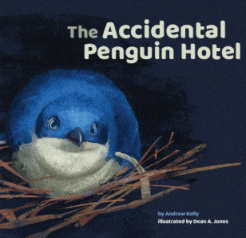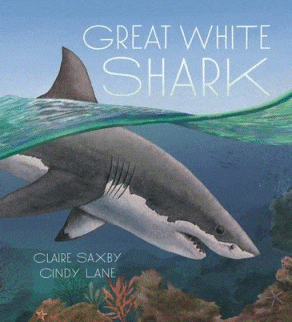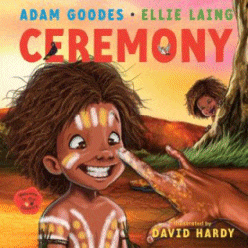
Ceremony: Welcome to Our Country
Ceremony: Welcome to Our Country
Adam Goodes
Ellie Laing
David Hardy
Allen & Unwin, 2022
24pp., hbk., RRP $A24.99
9781761065064
Welcome, children!
Nangga! Nangga! Yakarti!
Tonight will be our Ceremony.
Our family gathers as the fire burns.
The smoke rises up as we take it in turns . . .
Then clapsticks tap – one, two, three –
but a stick is missing! Where could it be?
Joyful and full of fun, Ceremony invites young readers to celebrate the rich traditions of dance, family, community and caring for Country from the world’s oldest continuous culture, helping them to better understand what is meant when they recite the Acknowledgement of Country or hear the Welcome to Country.
While there are over 350 First Nations groups in Australia, each with different languages and customs, this particular one is from the Adnyamathanha people of the Flinders ranges in South Australia, the country of author Adam Goodes.
Using stunning illustration and text featuring both English and Adnyamathanha words (which are explained in a visual glossary on the endpages) the preparations for and the ceremony itself highlight that Adnyamathanha society is divided into two moieties. membership passed on from mother to child and your father must be the opposite moeity, and that your moeity determines all the important aspects of life including who can be married, special knowledge possessed and relationships with others. It is an exciting time for the children as they get ready and while the story is carried along in rhyme, it is also full of humour and surprises.
Like its predecessor, Somebody’s Land , Ceremony is designed to teach young children and families about Australia’s First Nations history and it has done this very well. A must-have. .
